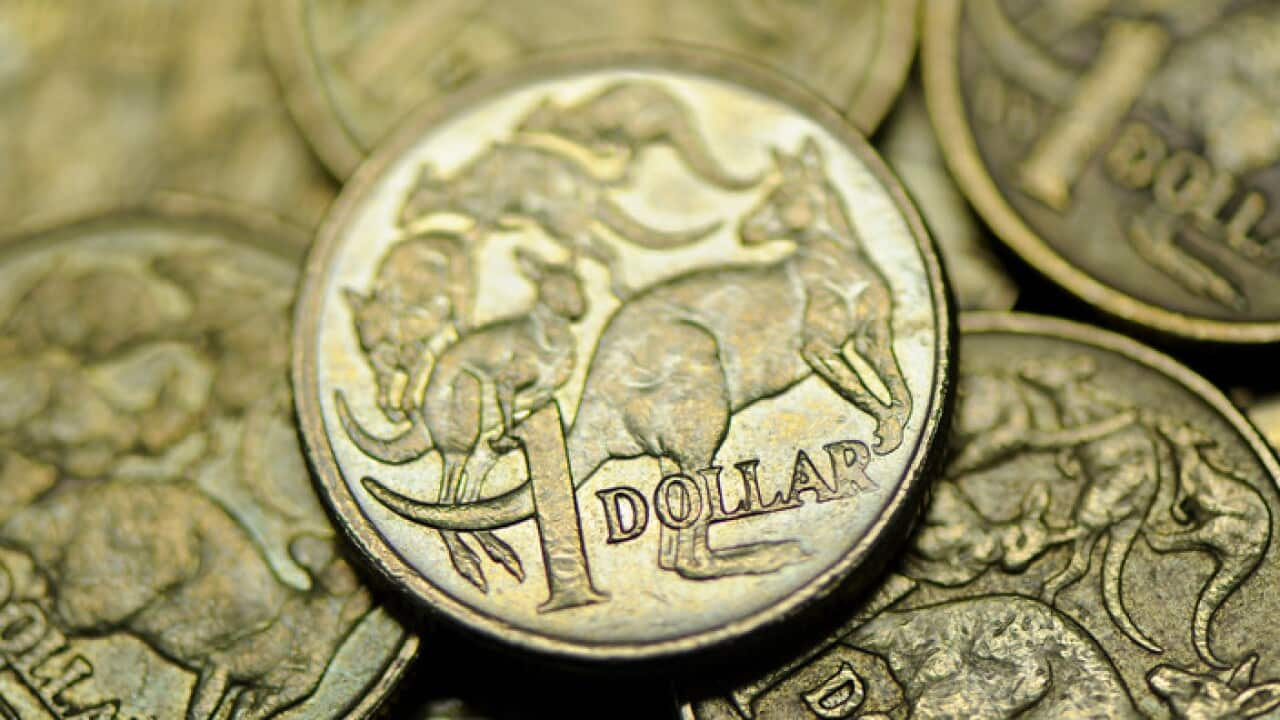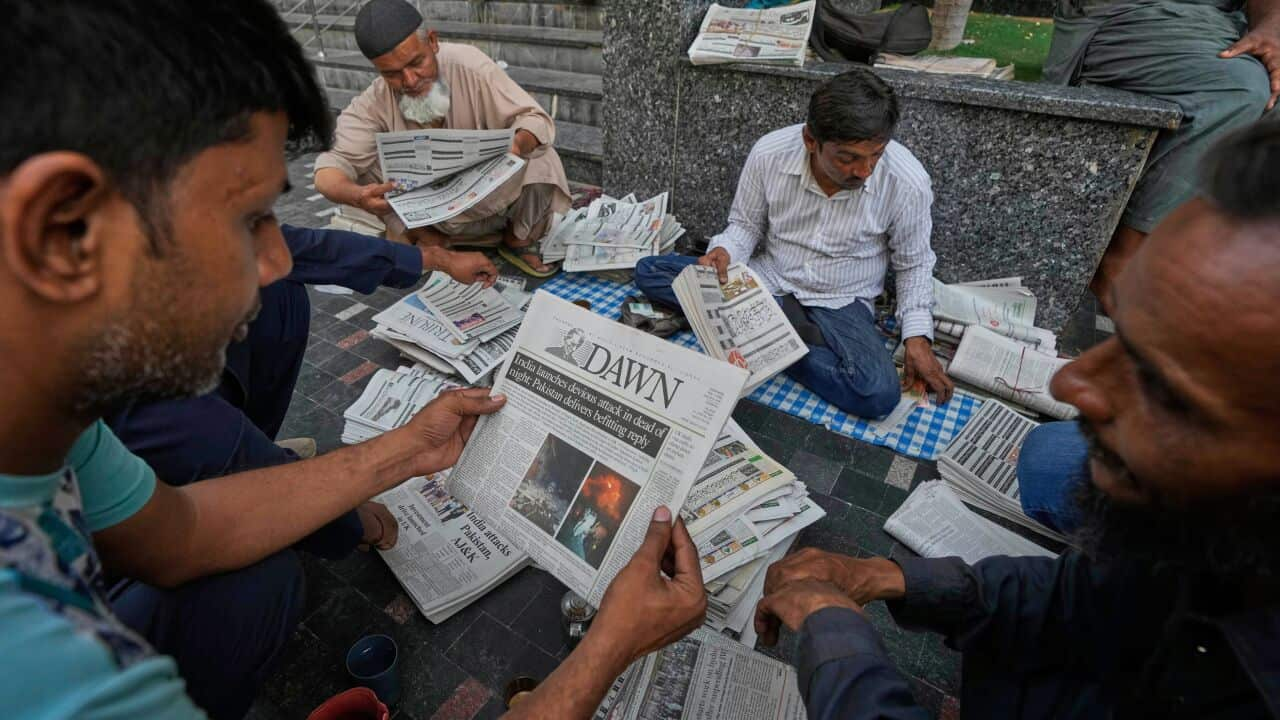For much of 2021, experts were already discussing whether inflationary pressures, which had started to build, were temporary or more permanent, as the global economy reopened following years of restrictions.
What they didn’t count on as the new year began, was Russia’s invasion of Ukraine.
It sent food prices through the roof - namely wheat - which hit a record high.
Together, both countries supply about a quarter of the world’s wheat.
The other impact was on energy.
Oil prices surged, exacerbated by OPEC’s move to restrict supply.
In Australia, it flowed through to higher petrol prices - which hit a record in April.
While they’ve both eased from their peaks as global growth stalls, what persists is an energy crisis - particularly in Europe.
The combination of rising food, energy and petrol prices contributed to booming inflation around the world.
In Australia it surged to its highest since 1990 at an annual rate of 7.3 per cent.That should be good news for borrowers who’ve had to bear the brunt of the Reserve Bank’s strategy of combating rising consumer prices by lifting official interest rates from an emergency rate of 0.1 per cent in May to 3.1 per cent in December.
That’s fastest rate of interest rate rise in decades, unwinding 10 years of declines in just 8 months.
There was also downward pressure on the Australian dollar in 2022.
It traded as high as 75 US cents earlier in the year - and as low as 62.That however, may be little comfort for travellers wanting to go overseas in the new year, with international flight prices currently sitting at 15 year highs.




